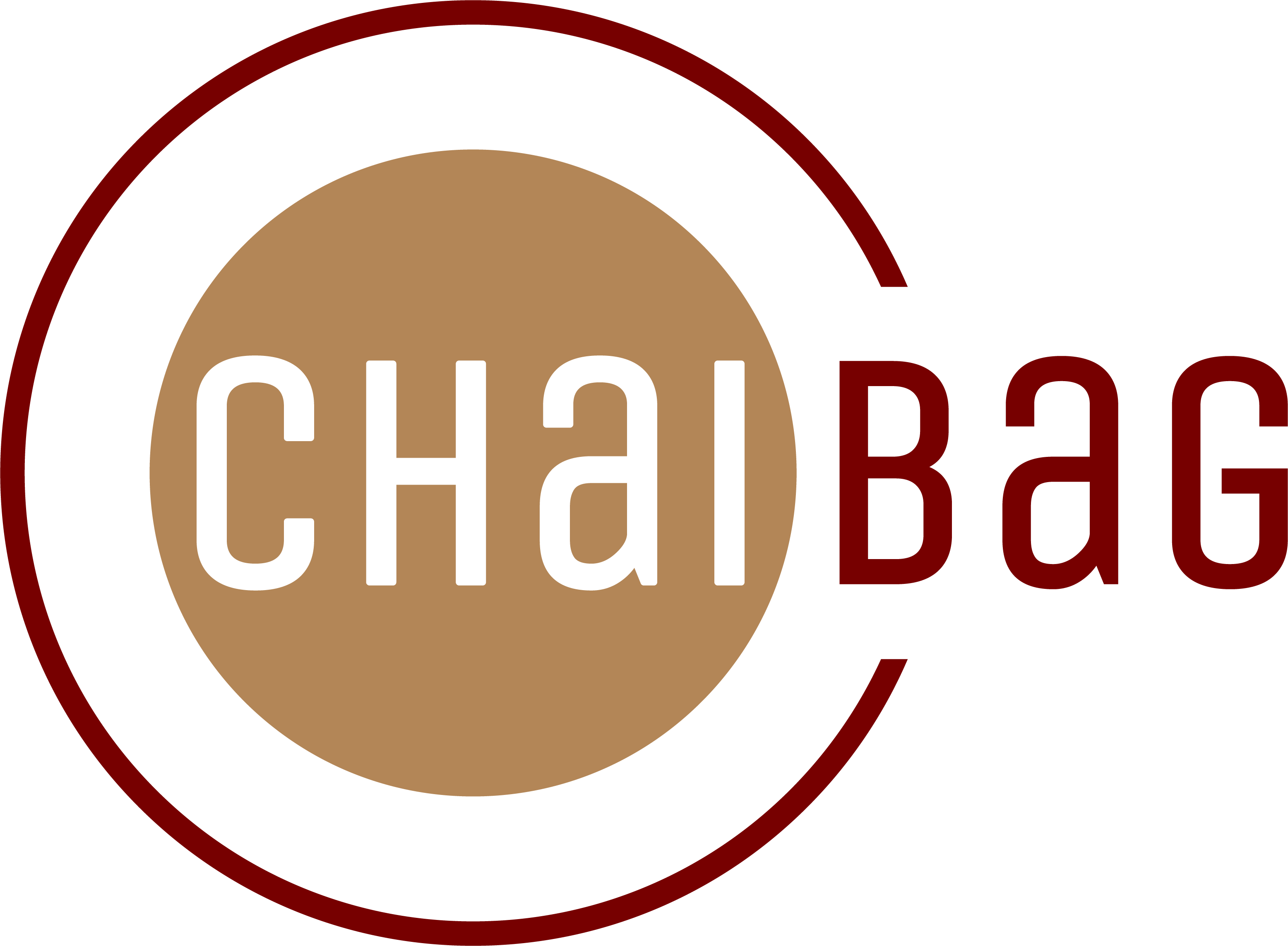Is this a Keto Tea Drink?
Starbucks prepares the Gingerbread chai with oat milk. Oat milk's neutral taste and mild sweetness adds another layer of depth to this drink - and also makes it dairy-free! In case you have a gluten allergy or don't enjoy oat milk, other milk alternatives also work! For the cream frosting to be topped off with, we'll be using coconut cream. Overall, the main source of carbs in this drink is in the form of sugar, which you can switch for healthier sugar alternatives including honey and stevia, to make this entire drink keto friendly!
Recipe

Ingredients for the Starbucks Gingerbread Chai
- 1 1/2 Cup Water
- 1 Cup Oat Milk (or Almond Milk)
- 1 1/2 Tablespoon Traditional Masala Chai Blend or 2 Chai Tea Bags
- 1 Tbsp Brown Sugar
- 1/2 Tbsp Ground Ginger or 1-inch Knob of Ginger, Peeled and grated
- 1/4 Inch Cinnamon Stick, or 1 Tsp Ground Cinnamon
Ingredients for the Coconut Cream Frosting
- 1/2 Cup Coconut Cream (Refrigerated for at least 12 hours - ideally not frozen)
- 1 Tbsp Maple Syrup
Steps:
For the Gingerbread Chai
- Begin by heating the water in a saucepan. Then, add in the ground ginger and cinnamon.
- Once the water is boiling, add the 11 Spices Masala Chai Tea Blend. This blend contains all the base spices of masala chai, including cinnamon, cardamom, and pepper, to give your drink a solid chai base!
- Let the chai blend boil and steep for about 4 minutes. Then, strain the chai (if you're using loose leaf tea) or remove the tea bags and decant the chai into a mug. It's important to not let the tea steep and chai spice to steep for too long, as it may make the drink slightly astringent and sharp.
- Now, boil the milk in a sauce pan on high heat. Optionally, to give the chai a bit of milk-foam, froth the milk once it has boiled using a frother or steamer.
- Once the milk is boiling, turn off the heat and pour the milk into you chai mug.
- Add the brown sugar, or your sweetener of choice, and stir thoroughly.
For the Coconut Cream
- Pour the chilled coconut cream and maple syrup into a mixing bowl. It's important that the cream is slightly firm prior to whipping, as it only retains it structure and airiness when cooled.
- Using a hand mixer, whip the cream and syrup together until airy and light - you may have to tilt the bowl or mixer slightly to properly beat air into the cream.
- Take a few spoons of the cream frosting and place it on the gingerbread chai. Optionally, top off the cream with some cinnamon powder!
Recipe Modifications
Low Sugar Latte: To make this latte low-sugar, you can switch the brown sugar with a sugar-free option like stevia, or use molasses. In the coconut cream, you can avoid adding the maple syrup, as the coconut already has a hint of sweetness on its own, making it just as enjoyable!
Dairy (Full Cream) Frosting: If you don't enjoy the flavor of coconut, you can use heavy cream to make classic whipped cream to top off your latte.
Iced Gingerbread Chai Latte: To make the iced version of this drink, you can refrigerate the drink and add a few ice cubes!
Making it With a Tea Concentrate: In case you don't have a masala chai blend, or the chai spices and black tea, on hand, you can prepare the gingerbread chai by adding hot water to store-bought or home-made chai concentrate. It's best to follow the water to concentrate ratio given on the packaging for the ideal cup!

